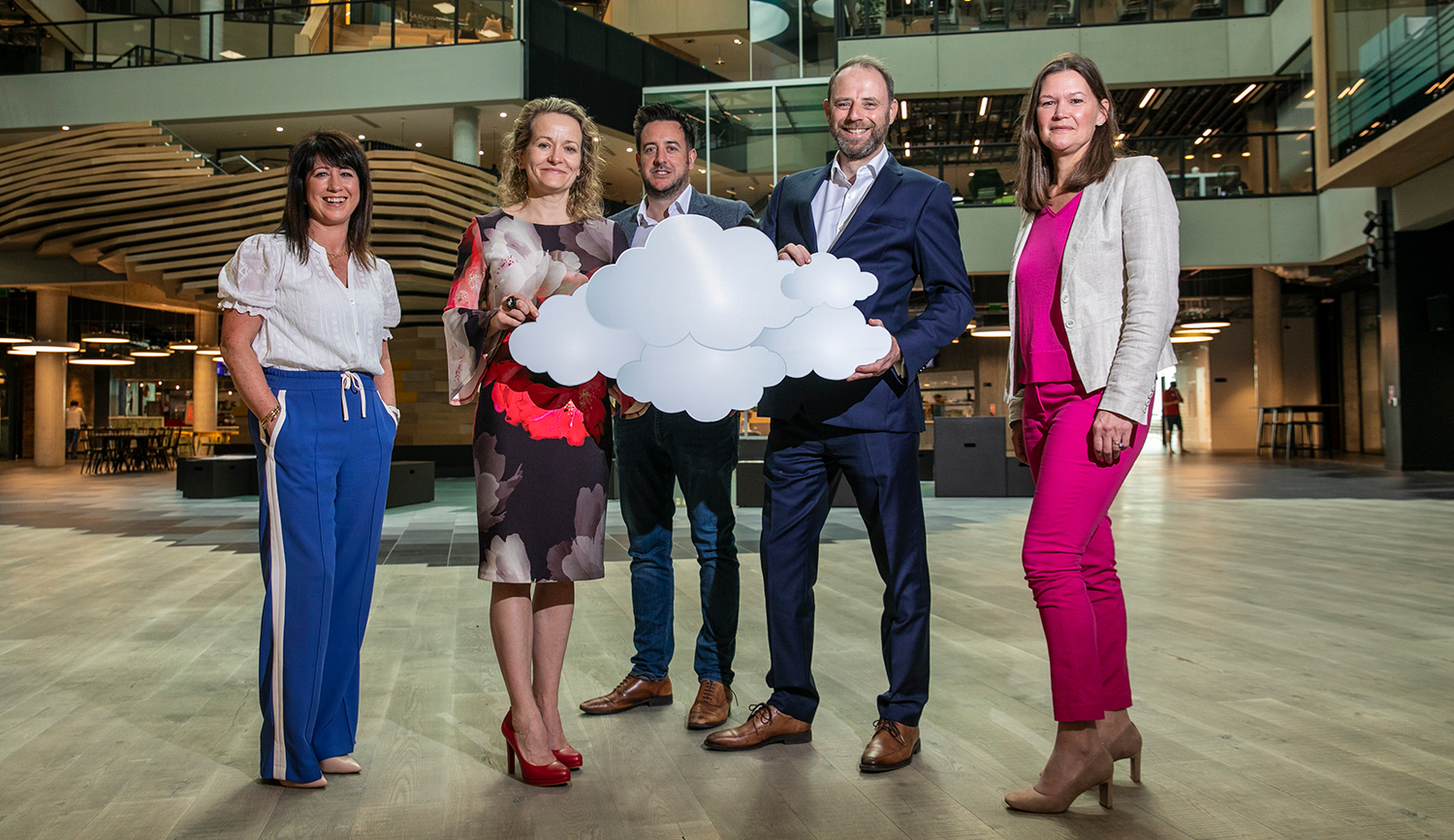Services in the Sky: Changing Clouds in a Shifting Landscape
Chief Technical Officer at Ergo, Steve Blanche, recognizes how rapidly the cloud market is shifting, and can see where the pressure will mount on certain businesses to keep up. Revealing all to Ian Campbell in this week’s Connected magazine, Blanche emphasizes the consequences some businesses will face if they don’t align with an effective cloud strategy.
“We’ve seen businesses who have perhaps been overly ambitious in their cloud services adoption,” said Blanche.
He warned of “poorly designed migration strategies” and gave the example of companies moving all of their data to the cloud.
“We’ve intervened to stop customers from dumping all their data from SharePoint on premise to SharePoint online because you’ll find there’s data in there that nobody’s used for donkey’s years. It’s not a good use for consumption-based resource like the cloud and can work out quite expensive.”
Ergo works with internal business units and starts by reviewing data silos. The objective is to only move active data that is useful, whether it’s to help align with data retention requirements or to optimize business intelligence (BI) processes, where the goal is to turn data into useful insights.
While Blanche said the prevailing trend continues to be hybrid, where organizations take their IT from a combination of public and private clouds as well as on premise, the right place for some services is now beyond debate. He cites email, web services, disaster recovery (DR) and office productivity tools as examples of applications that should definitely be in the cloud at this stage.
“There are workloads where it’s easy to resolve the ‘to cloud or not to cloud’ debate. A bigger challenge is getting the business to understand what cloud and digital platforms can bring in terms of commercial advantages, using information insights to grow market presence, for example,” he said. “The cloud is still seen as being an IT solution ratherm than a business enabler. Our challenge is to get customers to see that business and IT strategies should align.”
Blanche argued that the true value of cloud is all about providing seamless access to business functions and data, leveraging the digital world to better engage with customers, partners and suppliers, and improve go-to-market techniques. “It’s very easy to quickly realize the business benefits, something the business is not used to seeing from IT,” he said.
Customer profiling, buying patterns, seasonal targeting are all much easier to leverage if a business is using cloud services, according to Blanche. “You have the potential to access things like high-performance computing which wouldn’t happen with traditional IT infrastructure services. It’s about leveraging that type of functionality and growing a business,” he said.





